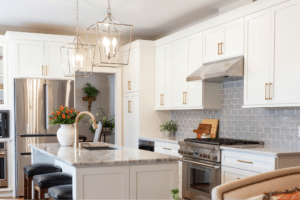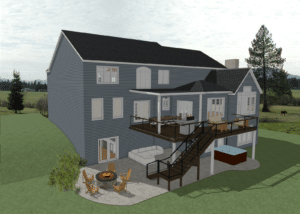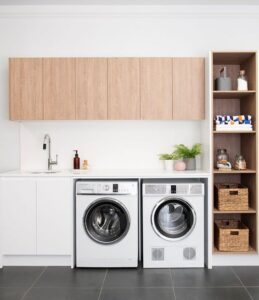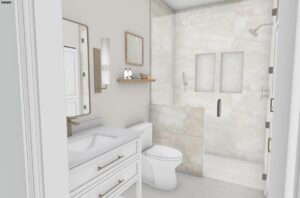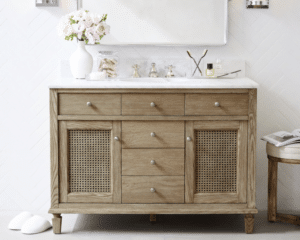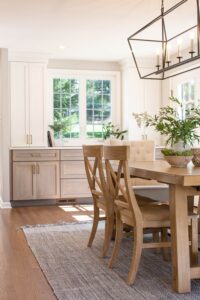So often we hear of customers shying away from the buzz word; “trendy”. Fearing that the selections they pick will not last through the changing of styles over the years. As designers, it is our goal to deliver beautiful, creative and transitional design. But what does that really mean?
Trend is what is currently popular. Fad is a trend that has or will fade out and become outdated. When picking out selections, it’s important to notice the difference. Just because something is currently trendy, doesn’t necessarily mean that it will one day be “out of style”.
To call something “timeless”, or transitional, means that an element has been seen all over history and will never become a fad that fades out. Something can become a fad when it is overdone and seen in too many people’s homes. Once people become tired of seeing it, the element may lose its impact. Deep hunter green and brushed brass are both transitional. Green is a historic color and continues to show up in new homes in the form of paint, furniture, cabinetry, and tile. White is also transitional. It goes well with every finish and every color and has been found through many generations of changing design.
Benefits of Transitional Interior Designs

One of the main benefits of transitional interior design is the versatility. It works in a variety of spaces, from small apartments to large homes. This style also allows for more personalization, as you can mix and match different elements to create a unique look that reflects your personal style.
Another advantage of transitional interior design is the fact that it is truly timeless. While trendy designs may go out of style quickly, transitional designs have a more classic and enduring appeal. This means you won’t have to constantly update your home to keep up with the latest trends.
Incorporating Transitional Interior Designs
There are many ways to incorporate transitional interior design into your home. One popular way is to mix modern and traditional furniture pieces. For example, you can pair a sleek and modern sofa with a traditional wooden coffee table. This creates a balance between the two styles and adds visual interest to the room.
Another way to incorporate transitional designs is through color schemes. Neutral colors, such as beige, gray, and white, are often used in transitional designs to create a calming and timeless atmosphere. You can then add pops of color through accent pieces, such as tile niches, curtains, and wallpaper.
Final Thoughts
Transitional interior design offers the best of both worlds, combining trendy and timeless elements to create a unique and versatile style. Whether you’re looking to update your living room, bedroom, or kitchen, transitional design can add a touch of sophistication and warmth to any space. So why not give it a try and see how it can transform your home?



